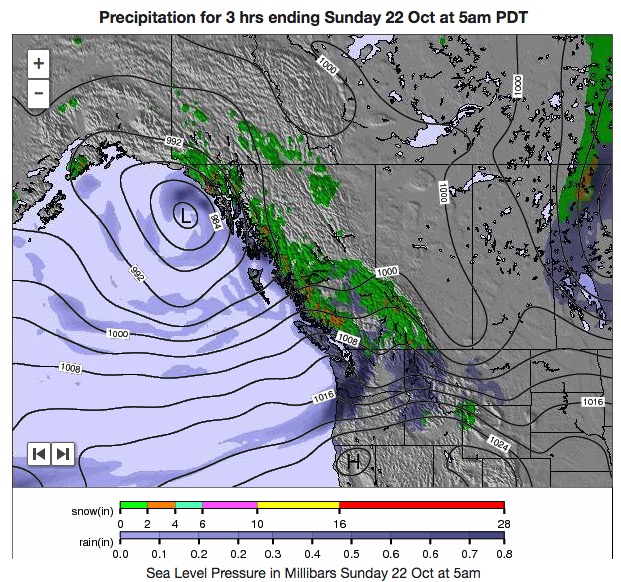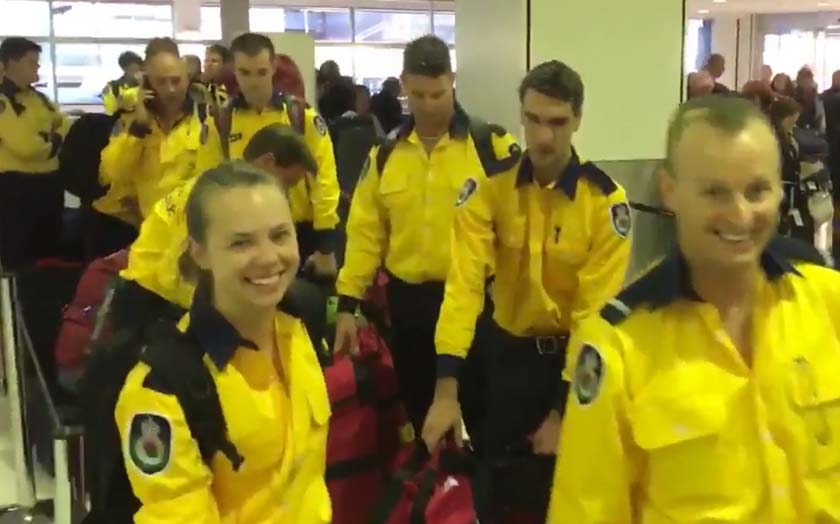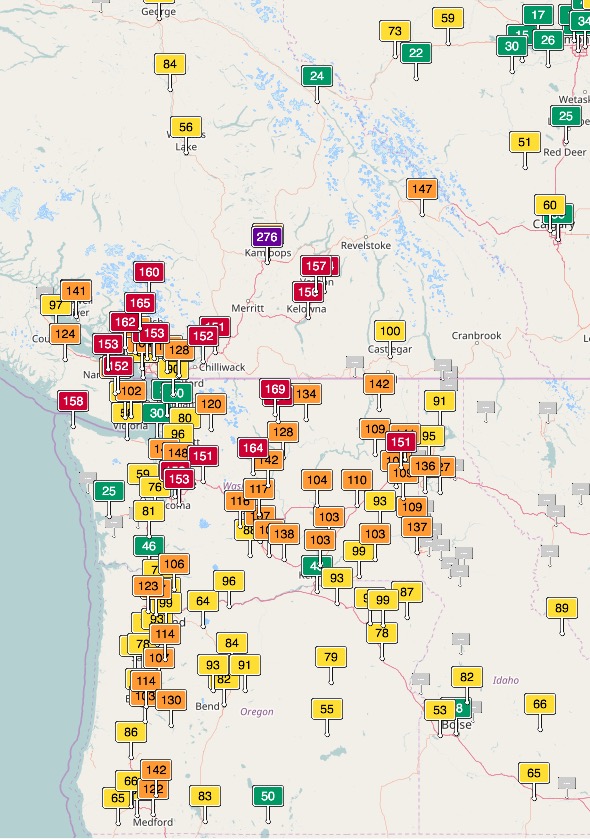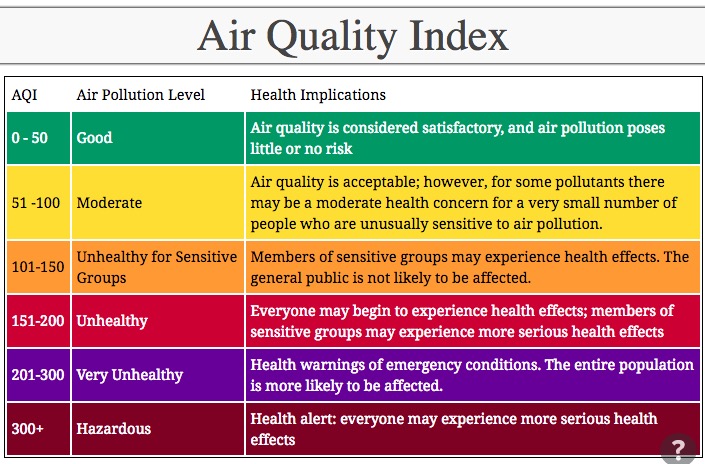Above: Satellite photo taken August 2, 2017 showing smoke from some of the wildfires in British Columbia. The red dots represent heat detected by a sensor on the satellite.
It is not easy to measure and quantify the composition of the smoke and the amount of particulate matter that a huge wildfire produces when intense, large-scale burning forms towering pyrocumulus clouds that climb tens of thousands of feet into the sky. This launches the byproducts of combustion into the stratosphere — the second layer of Earth’s atmosphere, above the troposphere. Once introduced at that level they have been tracked while circling the planet multiple times.
Below is an excerpt from an article by Megan Gannon at Live Science, which points out similarities between large wildfire events and volcanos.
For comparison, the explosive 2008 eruption of Mount Kasatochi, an island volcano in Alaska, sent about 0.7 to 0.9 teragrams (nearly 1 million tons) of aerosols — tiny, suspended particles — into the stratosphere, Peterson said. For months afterward, people around the Northern Hemisphere documented unusually colored sunsets, thanks to the sulfate aerosols and ash the volcano injected into the atmosphere.
Peterson’s team estimated that the British Columbia pyroCb event sent about 0.1 to 0.3 teragrams (about 200,000 tons) of aerosols into the stratosphere — which is comparable to the amount seen with a moderate volcanic event, and more than the total stratospheric impact of the entire 2013 fire season in North America, he said.
It’s well known that catastrophic volcanoes can influence the global climate. The huge 1991 eruption of Mount Pinatubo in the Philippines, one of the largest in living memory, lowered temperatures around the world by an average of 0.9 degrees Fahrenheit (0.5 degrees Celsius).
As an example of the wildfire activity in British Columbia last year, here is an excerpt from an article posted August 9 at Wildfire Today:
The wildfire situation in British Columbia has not gotten any better in the last several days. Currently there are 128 active wildfires in the province, with four of them being larger than 50,000 hectares (123,000 acres). The largest, the Hanceville Riske Creek Fire, is getting closer to half a million acres each day.
Since April 1, approximately 591,280 hectares (1,461,082 acres) have burned in 900 fires in BC.
- Hanceville Riske Creek, 172,000 hectares (425,000 acres) approximately 60 km southwest of Williams Lake.
- Elephant Hill, 117,000 hectares (289,000 acres), near Ashcroft.
- Tautri Lake, 76,000 hectares (188,000 acres), 80 km northwest of Williams Lake.
- Baezaeko River-Quesnel West, 53,000 hectares (131,000 acres).
More than 400 additional firefighters from Australia, New Zealand, Mexico and the US are expected to arrive in BC this week. Other firefighters from Australia have been in the province for a couple of weeks. More than 100 firefighters arrived from Mexico since Saturday of last week…




















